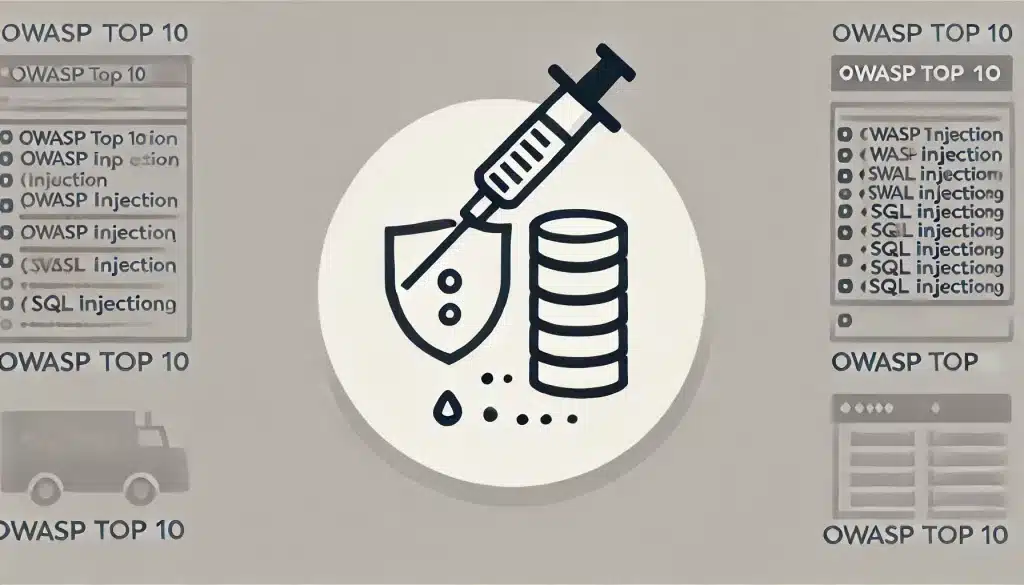Introduction to OWASP Top 10:
The OWASP Top 10 is a cornerstone in web application security, highlighting the most critical vulnerabilities that developers and security professionals must address. Ranked third in the OWASP Top 10, injection attacks remain one of the most prevalent and dangerous issues in web applications. Injection attacks occur when untrusted data is sent to an interpreter as part of a command or query, causing unintended actions. In this blog post, we’ll explore what injection attacks are, how they can be exploited, and the steps you can take to prevent them.
What are Injection Attacks?
Injection attacks occur when an attacker sends malicious data to an interpreter, causing it to execute unintended commands or access unauthorized data. The most well-known form is SQL Injection (SQLi), but injection attacks can affect many other contexts, including NoSQL, OS commands, and even LDAP queries. The key to injection attacks is exploiting unvalidated or improperly sanitized input, which the application mistakenly trusts.
The consequences of injection attacks can range from unauthorized data exposure to complete system compromise. For instance, SQL injection can allow attackers to manipulate databases, access sensitive information, or even execute administrative operations. Similarly, command injections can let attackers run arbitrary system commands, potentially leading to complete server control.
How Are Injection Attacks Exploited?
To understand how injection attacks are exploited, look at a vulnerable application called “Bad App.” This app demonstrates how input fields, if not properly sanitized, can lead to catastrophic security failures.
1. Identifying Vulnerable Inputs:
- The first step in exploiting an injection vulnerability is identifying areas of the application where user input is accepted without proper validation. In “Bad App,” several potential input fields are identified, including login forms, sign-up forms, and anonymous comment fields.
- Anonymous comment fields are hazardous, often allowing users to submit input without verification. This can include rich text or HTML, which might be interpreted unintendedly.
2. The Danger of Unsanitized Inputs:
- Injection vulnerabilities exploit the application’s failure to enforce appropriate validation, sanitization, and filtering of user input. In “Bad App,” the comment field allows users to enter rich text, potentially including HTML or JavaScript code.
- A typical attack would be entering a malicious script into the comment field, such as <script>alert(‘You have been pwned!’);</script>. The application will execute this code if the input is not sanitized, resulting in a cross-site scripting (XSS) attack. This stored (persistent) XSS attack is hazardous as the malicious code remains in the database and is executed every time the page is loaded.
3. Reflected vs. Stored Injection Attacks:
- Reflected attacks occur when the input is immediately reflected in the response (like in search results or error messages). Stored attacks are more persistent and severe because the malicious input is stored in the server’s database. In our example, the XSS is stored, meaning that every user who visits the affected page will unknowingly execute the malicious script.
- Stored injection attacks can lead to session hijacking, credential theft, redirection to malicious websites, or even the complete compromise of the user’s account.
4. Exploiting Injection Vulnerabilities:
- Once the attacker identifies a vulnerable input field and confirms that it does not sanitize or validate input correctly, it can inject a variety of malicious payloads. In addition to simple XSS attacks, advanced attackers can use injection vulnerabilities to perform more sophisticated attacks, such as SQL Injection or Command Injection, which can compromise entire databases or operating systems.
- For example, using a SQL Injection attack, an attacker could input’ OR ‘1’=’1′– into a login form that doesn’t correctly sanitize inputs, allowing them to bypass authentication entirely.
OWASP Top 10: Preventing Injection Attacks
To mitigate injection attacks, following best practices in input validation and sanitization is essential. Here are some critical steps to protect your applications:
- Input Validation and Sanitization: Always validate input to ensure it conforms to expected formats, such as length, type, and content. Use a whitelist approach, allowing only known-good inputs. Sanitize inputs to remove or escape any potentially dangerous characters.
- Use Prepared Statements and Parameterized Queries: Always use prepared and parameterized queries for database queries. This ensures that user input is treated as data rather than executable code, preventing SQL injection attacks.
- Implement Contextual Output Encoding: Encode outputs based on the context (e.g., HTML, JavaScript, URL) to prevent XSS attacks. This ensures that it is not executed even if malicious input is submitted.
- Least Privilege Principle: Apply the principle of least privilege by ensuring that the application and database accounts have the minimum privileges necessary to perform their tasks. This limits the potential damage if an injection attack is successful.
- Use Security Libraries and Frameworks: Utilize security libraries and frameworks that provide built-in protection against injection attacks. Many modern frameworks offer functions for sanitizing and validating input, reducing the likelihood of developer errors.
- Regular Security Audits and Penetration Testing: Conduct regular security and penetration testing to identify injection vulnerabilities. Tools like OWASP ZAP and Burp Suite can help identify these vulnerabilities early in the development cycle.
- Educate Developers: Ensure your development team understands the risks of injection attacks and is trained in secure coding practices. Please provide them with the tools and knowledge to avoid common pitfalls in input handling.
Conclusion:
Injection attacks remain a significant threat to web application security, ranking high in the OWASP Top 10 for a reason. You can protect your applications from being exploited by understanding how these attacks work and implementing strong input validation and sanitization practices.
To master web application security and learn how to prevent and exploit vulnerabilities like injection attacks, consider enrolling in my comprehensive course, Practical Web Application Penetration Testing.
Don’t forget to subscribe to my YouTube channel for more tips, tutorials, and deep dives into cybersecurity. Also, check out our following LufSec in-person courses in Phoenix, AZ, at lufsec.com/events. Stay secure, and keep learning!

